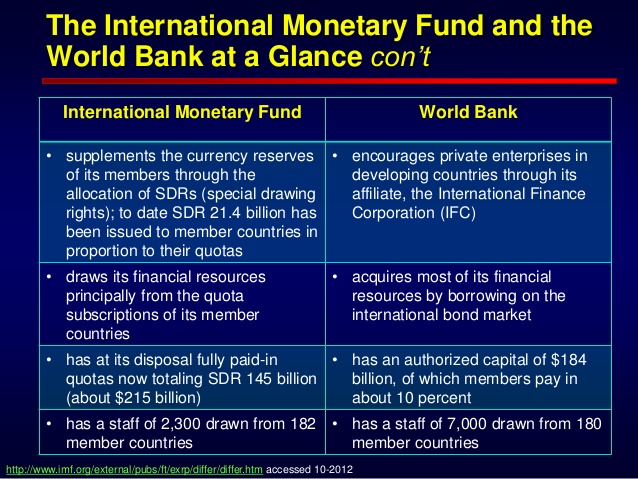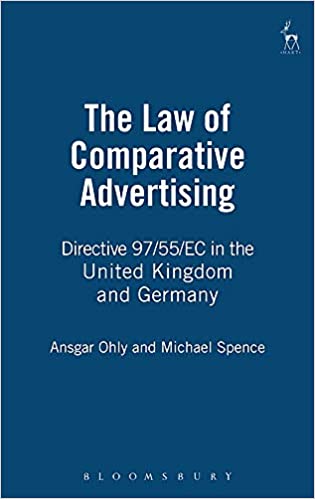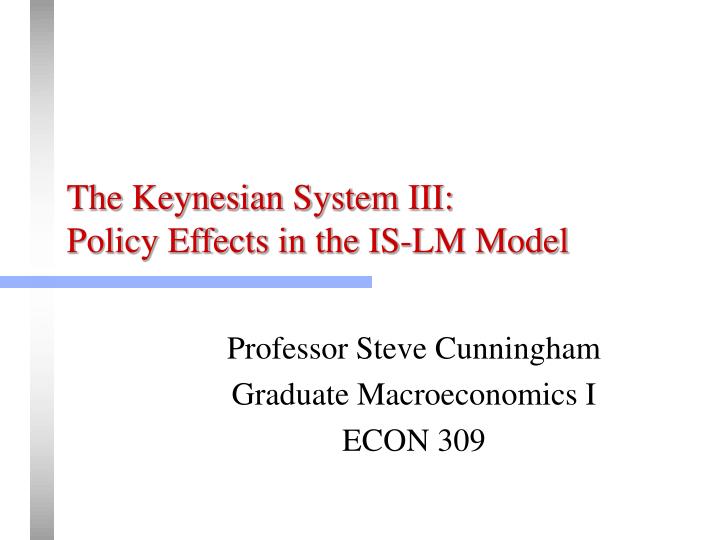Return on Invested Capital ROIC Definition, Formula & Calculation
- Posted on January 25, 2021
- in Forex Trading
- by jbadmin

Return on invested capital (ROIC) is a measure of how efficient a company is at using its invested capital to generate a profit. As you remember those points and do your best to work with return on invested capital and track your information, you’ll minimize losses while maximizing your profits. An investment firm makes its money by investing, so it must seek companies that can make returns and show promise. That means they’ll want to identify red flags to avoid businesses that won’t give them the needed returns. At this point, you must finish the equation by dividing 90,000 by 50,000, equaling 1.8.
Target reported a return on invested capital (ROIC) of 15% for the trailing twelve months through the end of the third quarter of 2019. Target’s 15% ROIC tells you that for every dollar investors put in the company, they generated 15 cents in income. To help investors put things in perspective, Target also provided the ROIC of 15.8% for the same period a year ago. When putting the two periods together, Target appears to deliver a consistent ROIC to its investors.
What are the Components of ROIC?
A better measure is NOPAT, which standardizes the measurement because it is the amount of profit a company generates if it has no debt and holds no financial assets. It takes into account the entire balance sheet and uses the income statement to evaluate it. It can be used with other profitability ratios such as return on equity to dig deeper into the business. ROIC accounts for the entire capital structure of a business — both debt and equity — as it’s used to finance operations. This is most commonly cash and marketable securities, which will be listed in the current assets portion of the balance sheet. This adjustment makes sense because ROIC is focused on the return a company earns on its active investments.
In this formula, EBIT (earnings before interest and taxes) is computed by subtracting operating expenses and non-operating revenue from operating revenue. This value gives a measure of the company’s earnings without taking into account its interest obligations and taxes. There are different accounting practices accepted by law, and a company’s management may choose the one that provides the best results for ROIC and other financial ratios.

Over time, the depreciation expenses on the income statement will reduce the asset value on the balance sheet. In turn, depreciation represents the delayed expensing of the initial cash outflow roic meaning that purchased the asset, and is thus a rather liberal accounting practice. Implementing the use of ROIC helps measure how profitable a company is compared to the amount they have invested.
Example of How to Use ROIC
Adam received his master’s in economics from The New School for Social Research and his Ph.D. from the University of Wisconsin-Madison in sociology. He is a CFA charterholder as well as holding FINRA Series 7, 55 & 63 licenses. He currently researches and teaches economic sociology and the social studies of finance at the Hebrew University in Jerusalem.
Enphase: Undervalued Solar Juggernaut With Superior ROIC … – Seeking Alpha
Enphase: Undervalued Solar Juggernaut With Superior ROIC ….
Posted: Thu, 03 Aug 2023 07:45:54 GMT [source]
On top of that, you had a ratio of 1.5-to-1 in the past, so the investor sees that you improved the model and made more money. This incentive encourages them to keep working with you, so you can both profit and grow. For example, companies with multiple types of business under one roof may end up with a distorted ROIC as opposed to its true reinvestment opportunities.
Return on Invested Capital: What Is It, Formula and Calculation, and Example
First, you must calculate the after-tax income to know how much a business makes. You then find out the invested capital to see how much money the investor put into the business. You’ll enjoy multiple benefits that make a return on invested capital worthwhile if you understand how it works.

One downside of this metric is that it tells nothing about what segment of the business is generating value. If you make your calculation based on net income (minus dividends) instead of NOPAT, the result can be even more opaque, since the return may derive from a single, non-recurring event. Finally, it may also help the company to ascertain how much it earns on every invested dollar so that appropriate changes can be made to operations and strategy. Working with investors comes down to understanding the market and identifying the best ways to make money. You must show why your business stands out from other options to receive money. Show your success and the projected earnings alongside similar data to demonstrate your business’ capabilities and secure a deal with an investor.
Calculating invested capital
Either the companies themselves can calculate it and show investors, or investors can compare it to the money they receive back. A high return on invested capital is a good sign that management is investing in profitable projects. Shareholders’ equity is the money that investors have supplied to the company to run its operations.
Return on invested capital (ROIC) is a calculation used to assess a company’s efficiency at allocating the capital under its control to profitable investments. ROIC can be used to compare companies with different levels of debt and to find new investment opportunities. As well, it can be used to compare companies in different industries and their financial assets.
It also measures how efficiently a company is using the operating capital it generated from active investments or previous investment choices. XYZ Corporation has $30,000 on its income statement as its EBIT and its marginal tax rate is 28%. The firm has $35,000 in short-term and long-term debt and $65,000 in equity financing. It has $1,000 in retained earnings, $2,000 from cash from financing, and $2,000 from cash from investing.

There are no hard and fast rules, however, for determining how much cash is necessary and how much is excess. To net working capital, you then add property, plants, and equipment, goodwill, and other operating assets to get invested capital. It will earn a very different ROIC reinvesting in a capital-heavy business such as its railroad or its renewable energy division as opposed to its chocolate or insurance businesses. An investor should consider the profitability of each major Berkshire subsidiary compared to rivals in its own industry rather than just using overall ROIC in isolation.
For example, a 12% ROIC tells you that for every dollar you might put in a company, you would receive 12 cents in income. It works as a way to protect and reassure both parties, so investors know if they should stick with the company or work with someone else. The calculation allows both sides to see the success and maintain their business relationships with minimal concerns.
What is the Full-Form ROIC Equation?
However, if ROIC is less than WACC, the company is paying more to finance operations than it’s generating in profits. Invested capital is not a line item in the company’s financial statement because debt, capital leases, and stockholder’s equity are each listed separately in the balance sheet. The cost of capital is the return expected from investors for bearing the risk that the projected cash flows of an investment deviate from expectations.
ROIC is one of the most important and informative valuation metrics to calculate. ROIC is important since it represents business performance in relation to its invested capital. In addition to this, it provides a strong indication of how well management operates in a company.
- A business is defined as competitive if it earns a higher profit than its competitors.
- Corporate finance data is broken down into profitability and return measures, financial leverage measures, and dividend policy measures.
- However, accounting earnings sometimes don’t give the full picture of a company’s true results.
- If you make your calculation based on net income (minus dividends) instead of NOPAT, the result can be even more opaque, since the return may derive from a single, non-recurring event.
It’s an effective tool to evaluate how efficiently management has been investing the capital they have. ROIC is also an important metric for investors to determine whether it would be a good investment or not. ROIC can have a positive or negative impact on a company’s cash flow, balance sheet, and income statement. This can affect things like shareholder equity and future investment decisions. As well, you can calculate invested capital by determining the working capital figure. Once you have this information, you would determine the non-cash value of working capital in the next step.
